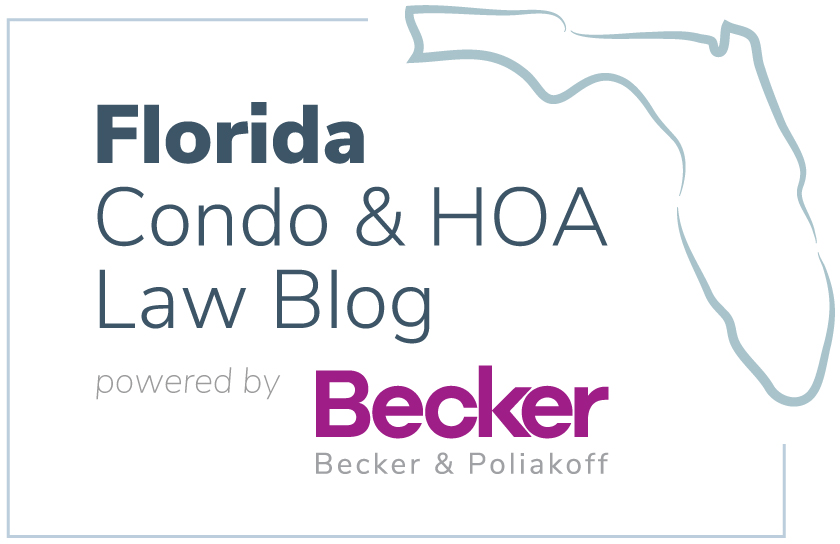
The Florida statues governing community associations often provide timeframes for notice to owners before the association can proceed with action, including passage of special assessments, adoption of fines and collections. While some statutory sections allow for “substantial compliance” with the statutory requirements, associations should be aware that the statutory timeframes require “strict compliance.” This means that any deviation from the statutory timeframes will result in the association’s actions being unsuccessful and subject to challenge from owners.
The case of Dwork v. Executive Estates of Boynton Beach Homeowner’s Association, Inc. highlights the need for strict compliance with statutory timeframes and provides guidance as to proper calculation of those timeframes. 219 So.23 858 (Fla. 2d DCA 2017). In Dwork, the owner had repeatedly ignored the association’s notices of violation for his failure to keep his roof, driveway and fence clean and in good condition. The association ultimately sent a certified letter to the owner, providing him 30 days to cure the violation prior to levying fines, but the owner failed to do so. Per §720.305(2)(b), Fla. Stat., the association was required to provide the owner with a 14-day notice of a hearing on the violations. The association sent the owner a notice, dated May 23, 2013, informing him that a hearing would take place in front of the fining committee on June 5, 2013. The owner failed to respond or appear at the hearing. The association ultimately adopted three $2,500 fines against the owner for the violations. The owner failed to remit payment for the fines and the association recorded a claim of lien against his property for the fines, leading to the filing of a lawsuit with a count for foreclosure and a count for money damages.
At trial, the trial court found that the association’s May 23 notice of the June 5 hearing only provided the owner with a 13-day notice rather than the 14-day notice required by statute. As the 13-day notice did not strictly comply with the statutory timeframe, the trial court denied the association’s foreclosure request. However, the trial court granted the association’s request for a money judgment, finding that the association’s 13-day notice substantially complied with the statutory timeframe.
The owner appealed the trial court’s ruling. On appeal, the appellate court overturned the trial court’s entry of a money judgment. The appellate court determined that strict compliance with the statutory 14-day notice was required, regardless of whether the association was seeking a foreclosure judgment or a money judgment. While the appellate court was sympathetic to the association’s repeated attempts to notify the owner of the violations, the appellate court found that the association’s failure to strictly comply with the statutory timeframe rendered the association’s imposition of the fines null. The appellate court reversed the trial court’s award of the money judgment for the fines, including the association’s entitlement to legal fees and costs.
The takeaway from the Dwork case is that associations must strictly comply with statutory timeframes for notice to their owners. Associations should also take note of how these timeframes are calculated. While the Dwork opinion does not specifically detail how the 14-day notice period is calculated, additional analysis of the dates shows that the 14 day time period starts the day AFTER the date the notice is sent to the owner. For example, in Dwork, the notice was dated May 23 and provided notice of the June 5 hearing date. If May 23 is counted when calculating the 14-day time period, the association would have been in compliance with the statutory timeframe. The fact that both the trial court and the appellate court found that the association only provided a 13-day notice leads to the conclusion that the day the notice is sent cannot be included in the calculation period. This analysis would apply to any statutory timeframes, including notices for special assessment meetings, budget meetings and annual elections.
Associations should speak with their legal counsel to confirm that they are in strict compliance with the statutory timeframes required for notices as failure to do so can cost an association valuable time and money!





Recent Comments